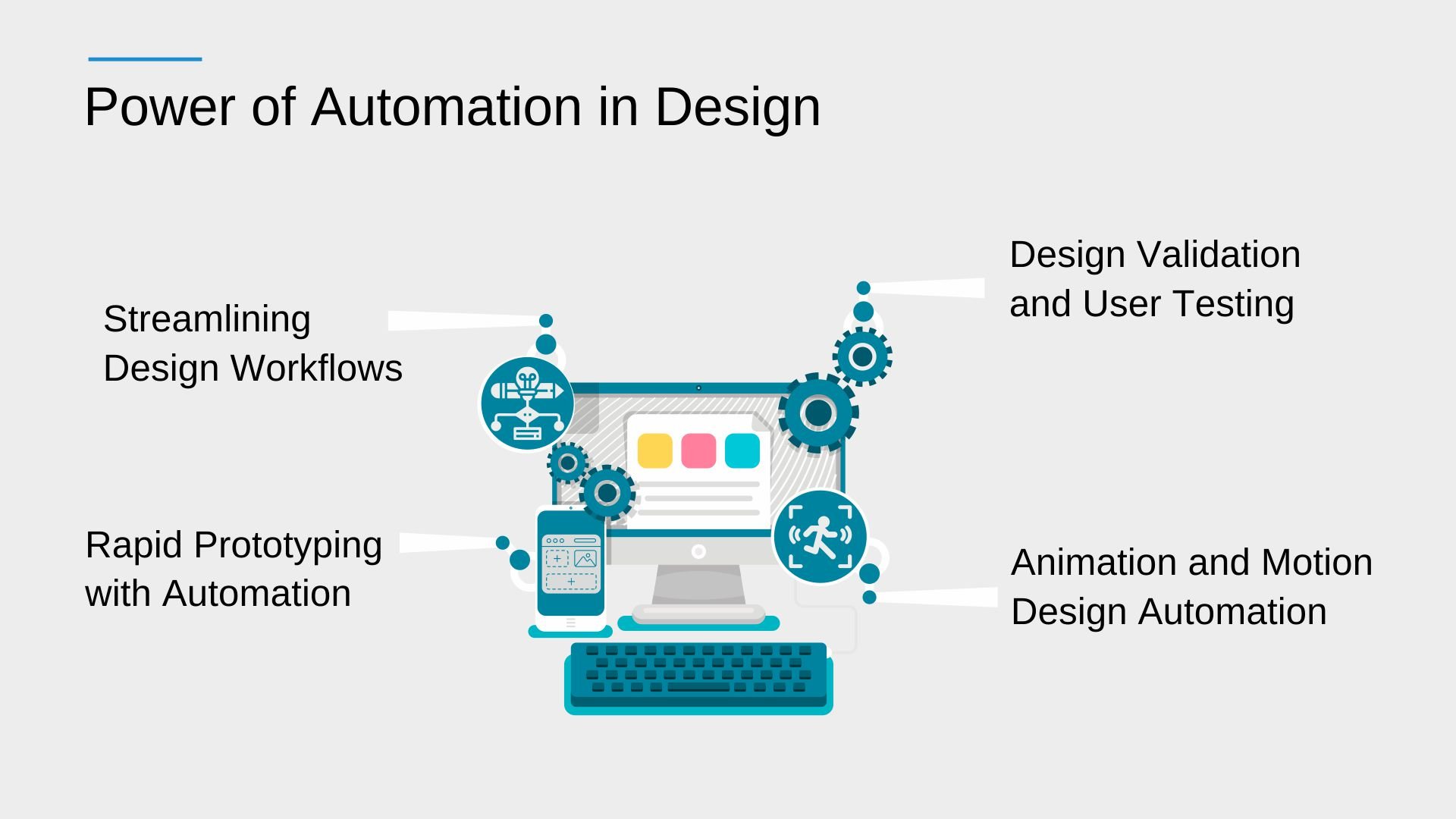In the realm of product engineering, design and prototyping are vital stages that lay the foundation for successful product development. In recent years, automation has emerged as a transformative force, revolutionizing the way designers and engineers approach the design and prototyping process. By leveraging automation tools and techniques, professionals can streamline workflows, boost efficiency, and unlock new avenues of innovation. In this blog post, we will explore the role of automation in design and prototyping and delve into its various applications across different stages of the product development lifecycle. From rapid design iterations to seamless prototyping and user testing, we will uncover how automation empowers product engineering teams to create exceptional products with speed and precision.
Understanding the Power of Automation in Design:

We will begin by establishing the significance of automation in design. Explore how automation tools and techniques enhance productivity and unleash creativity. Understand the benefits of automating repetitive design tasks, such as generating design assets, creating design systems, and ensuring design consistency across various platforms and devices.
Streamlining Design Workflows:
Automation plays a crucial role in streamlining design workflows, allowing designers to focus on the creative aspects of their work. We will discuss the automation of design collaboration, version control, and file management, enabling seamless collaboration and efficient project management. Explore the integration of design tools with project management platforms, facilitating smooth communication and task tracking within design teams.
Rapid Prototyping with Automation:
Prototyping is an essential step in the product development process, enabling designers and engineers to validate ideas and gather user feedback. We will delve into the role of automation in rapid prototyping, including the use of prototyping tools and frameworks that allow for quick and interactive prototyping. Discover how automation accelerates the prototyping process, reduces errors, and enables faster iterations.
Design Validation and User Testing:
Automation can significantly impact the design validation and user testing stages. We will explore the integration of automated design validation tools that help identify design inconsistencies, accessibility issues, and usability problems. Moreover, we will discuss the use of automation in user testing, including remote user testing platforms and tools that facilitate data collection and analysis, enabling designers to make data-driven decisions.
Design Systems and Component Libraries:
Design systems and component libraries are crucial for maintaining consistency and efficiency in design. We will explore how automation tools can assist in the creation and management of design systems, enabling designers to reuse components, styles, and interactions across projects. Discover the benefits of automation in maintaining design systems, such as automatic updates, version control, and design documentation generation.
Animation and Motion Design Automation:
Animation and motion design add life and interactivity to digital products. We will discuss the automation of animation workflows, including the use of motion design tools and frameworks that simplify the creation of complex animations. Understand how automation enables designers to create smooth transitions, interactive effects, and engaging user experiences with efficiency and precision.
Bridging the Gap between Design and Development:
Automation can bridge the gap between design and development, ensuring seamless collaboration and smoother handoffs. We will explore the integration of design and development tools, such as design-to-code generators and style guide integrations, that automate the translation of designs into code. Discover how automation fosters closer collaboration between designers and developers, reducing rework and improving the overall efficiency of the product engineering process.
Conclusion:
Automation has become a game-changer in the field of design and prototyping, empowering product engineering teams to streamline workflows, boost efficiency, and foster innovation. By harnessing the power of automation, designers and engineers can accelerate the design iteration process, enhance collaboration, and deliver exceptional products that resonate with users. Embrace automation in your design and prototyping workflows, and witness the transformational impact it brings to your product engineering endeavors. Stay ahead in the competitive landscape by leveraging automation to create remarkable designs and prototypes that captivate users and drive business success.
